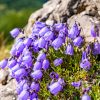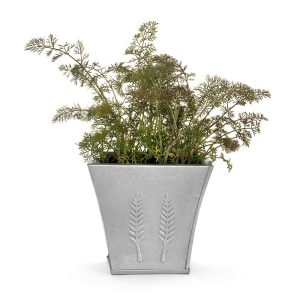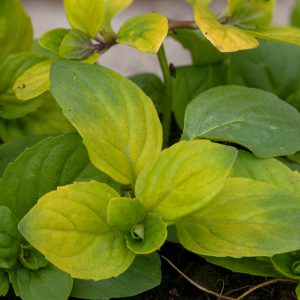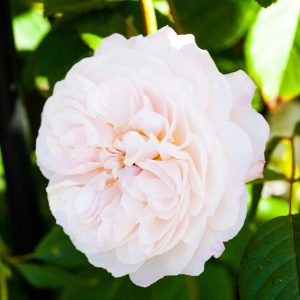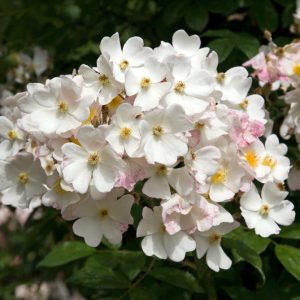Description
Often known as bellflowers, they are a genus of annual, biennial and herbaceous perennial plants which can be found throughout much of the Old World. They are easy to grow plants with a wide range of uses depending on the species, with Campanula persicifolia and Campanula glomerata being taller herbaceous perennials that flower on erect steams above their foliage typically grown for their flowers in borders especially cottage garden style planting schemes. Whereas species such as Campanula carpatica, Campanula garganica and Campanula portenschlangiana having a more low-growing matt-forming habit and are typically used for ground cover in alpine gardens due to their need for lots of drainage.
Key Facts
- Common Name(s):Blue fairy’s-thimble
- Hardiness:Fully hardy through most of the UK
- How big will I get? Campanula cochleariifolia can grow to a height of 0.2m and a spread of 0.5m.
- Did You Know That:Campanula means little bell?
Plant Calendar
A rough guide to how this plant will change through the year.
| Jan | Feb | Mar | Apr | May | June | July | Aug | Sept | Oct | Nov | Dec | |
| Flowering Time |  |
 |
||||||||||
| Foliage Colour |  |
 |
 |
 |
 |
 |
 |
 |
 |
| J | F | M | A | M | J | J | A | S | O | N | D |
 |
 |
||||||||||
 |
 |
 |
 |
 |
 |
 |
 |
 |
Care Guide

Soil Requirements
Campanula cochleariifolia is a versatile plant and can cope with wet or drier soils, but prefers there to be decent drainage. This plant can grow in soil with a wide range of pH levels, it is not picky about the pH level of the soil.

Best Position
Campanula cochleariifolia can handle either an exposed or a sheltered position and can cope with either full sun or partial shade.

Maintenance
Campanula cochleariifolia is fairly low maintenance and doesn’t require any pruning.

Pest, Diseases and Wildlife
Campanula cochleariifolia can have problems with slugs and snails, it can be vulnerable to certain diseases such as rust, powdery mildews and leaf spot.

